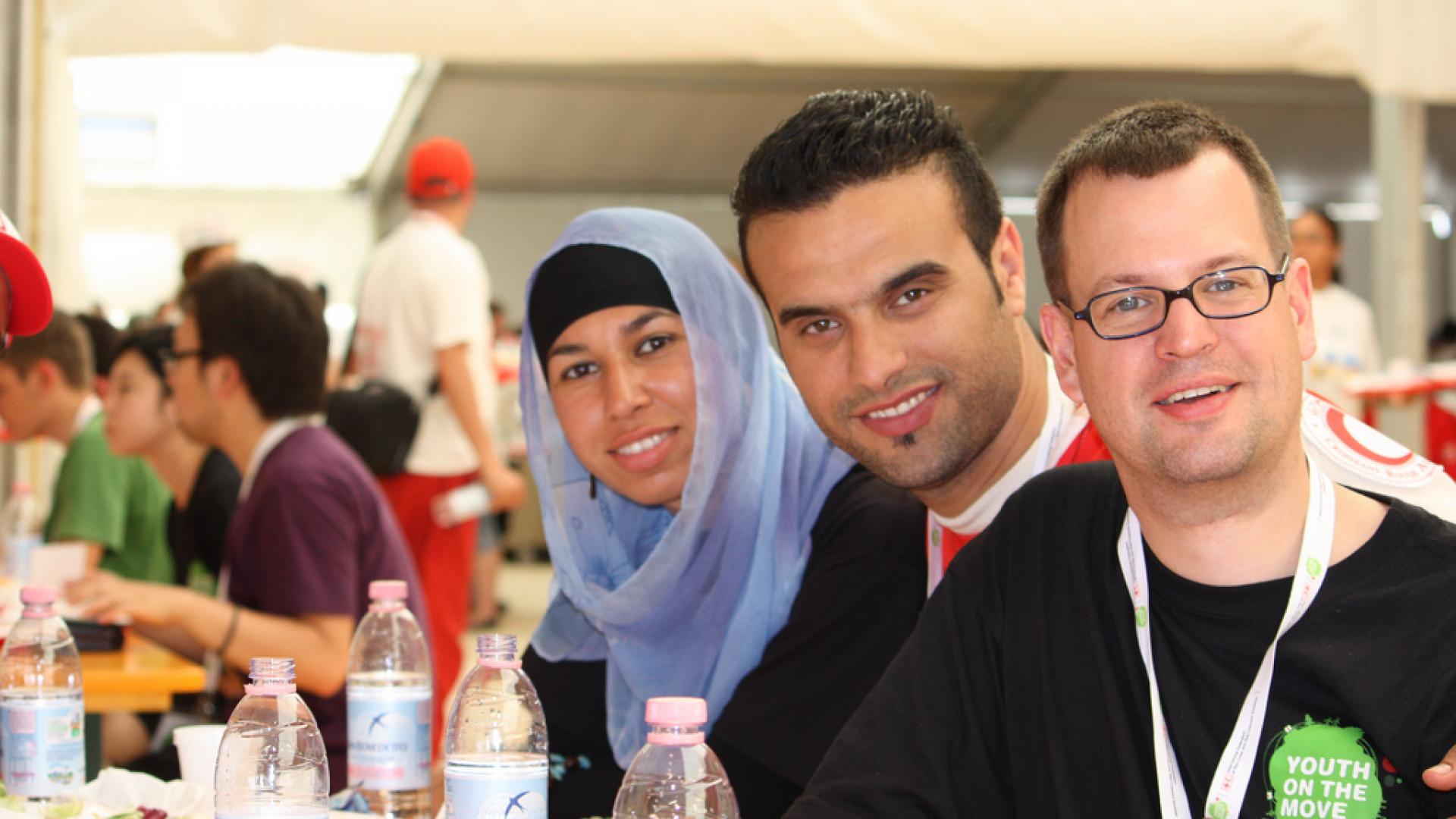Charities in the UK are set up and run with an energy, passion, and genuine desire for change that is breathtaking. These organisations have achieved incredible things; affecting changes in policy, changing and challenging the way people think about issues and improving the lives of hundreds of thousands of people. However, one of the often inevitable effects of organisational growth is a dilution of that original very clear focus. As the organisation gets busier and more preoccupied with the day to day operational challenges, the involvement of service users or beneficiaries that they started out with can be lost. An example might be the youth organisation set up by active, innovative young people, that 20 years later are still on the board, have grown up with the organisation and now represent the very middle-aged people the organisation was set up to counter. In effect, they’ve gone from offering the solution to becoming part of the problem.
There may be many reasons why an organisation isn’t involving its original beneficiaries. For some, this was just not what was done when they were set up, a paternalistic view. For others, social and demographic changes mean that the group or groups they were set up to support no longer exist in the same way. Sometimes, they have simply drifted away from the consulting or involving these groups due to a lack of resource – or because it’s no longer considered as important when compared to other priorities. If you fall into any of these categories, there are some key questions to ask yourself.
Are you representing the right people?
It’s really important to ensure that organisations represent the right people – Scope in the 90s had to make a difficult transition. The organisation’s local groups were run by or represented the parents of people with cerebral palsy, many of whom had originally set up the organisation in the 1960s and done ground breaking work to represent the rights of disabled children. However, those children had now grown up, and wanted their own voice and the world had changed dramatically since the 60s. Who, as an adult, wants their parent speaking for them? Listening to these young people and changing the voting structures of the organisation was a complicated and at times difficult process but resulted in real change in terms of a ensuring the organisation was moving towards user representation.
Are you going in the right direction?
Do you truly know what your service users want or do you rely on a few anecdotes and key people to get your opinions? The genuine involvement of service users in developing the strategic direction of an organisation is fundamental to make sure their needs are being met.
Are you living your values?
How many charities in the UK set guidelines, advise others and discuss best practice that is not replicated within their own organisations? Ensuring that key values are live within an organisation can take time and effort. Connect is an example of an organisation that has worked very hard to ensure beneficiary involvement in the governance of the charity. The organisation works with people with aphasia, a communication disability. The board of trustees wanted to ensure that people with aphasia were represented on the board. Practical measures that were worked on include pre-meetings so the issues could be explained and discussed, board papers sent out well in advance so that all members have sufficient time to read and digest the content as well as allowing sufficient time in the meetings themselves for everyone to participate.
Challenges
Involving service users can be both challenging and time consuming. It takes time to stop and listen properly to feedback, a change of mindset may be needed within an organisation to ensure that feedback is listened to, and expectations can be raised about what might change as a result of consultation. As a research agency specialising in the sector, we have come across some excellent examples of user involvement as well as some poor ones. While different levels of participation and representation are appropriate for different organisations, there are many ways in which beneficiaries can be involved:
- Giving feedback on how current services
- Helping to develop new services
- Input into language and cultural changes
- Becoming involved in governance
In addition, being able to clearly show the impact your work has both to the people you exist to serve as well as external funders, volunteers and opinion formers is key. Consulting service users is obviously a fundamental part of this.
Why bother?
Consulting service users means that services meet their needs, organisations develop in the right direction and money is used in the best way. But ultimately, involving, consulting, listening goes to the core of why the voluntary sector exists – to give vulnerable or disadvantaged or disenfranchised people a voice. Excluding beneficiaries from the organisations set up to support and empower them compromises their very raison d’être.

